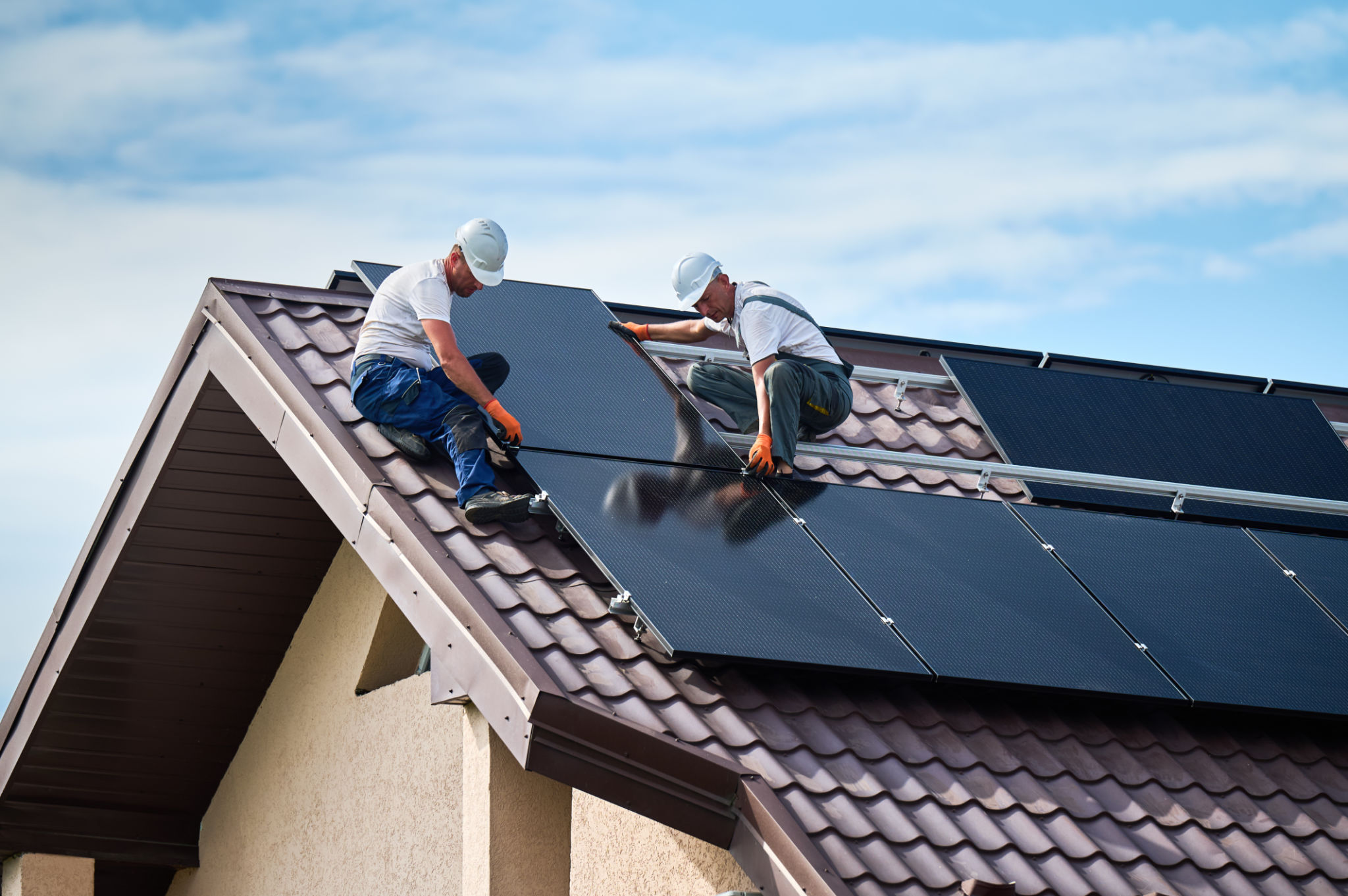Sustainable Architecture: Eco-Friendly Design Practices in Argentina
Introduction to Sustainable Architecture in Argentina
In recent years, Argentina has emerged as a leader in sustainable architecture, embracing eco-friendly design practices that harmonize with its diverse landscapes. From the bustling streets of Buenos Aires to the tranquil Andes, Argentine architects are pioneering innovative approaches to reduce environmental impact while creating stunning structures.

Eco-Friendly Materials and Techniques
One of the cornerstones of sustainable architecture is the use of eco-friendly materials. In Argentina, architects are increasingly opting for materials such as bamboo, recycled steel, and locally sourced timber. These materials not only reduce the carbon footprint of construction but also support local economies. Techniques like green roofing and rainwater harvesting are also becoming commonplace, helping buildings to function more sustainably.
Natural Ventilation Systems
Traditional ventilation systems can be energy-intensive. In response, Argentine architects have developed natural ventilation systems that utilize the country's natural breezes. By carefully positioning windows and openings, buildings are designed to maximize airflow, reducing reliance on artificial cooling systems and enhancing indoor air quality.

Renewable Energy Integration
Argentina's commitment to sustainability is further evidenced by its integration of renewable energy sources into architectural designs. Solar panels are increasingly being incorporated into building facades, while wind turbines are strategically placed to harness the country's ample wind resources. This integration not only reduces energy costs but also aligns with Argentina's broader goals of reducing greenhouse gas emissions.
Case Studies: Leading Examples
Several projects exemplify Argentina's dedication to sustainable architecture:
- Casa Eco: Located in Buenos Aires, this residential project features solar panels, a green roof, and a rainwater collection system.
- Córdoba's Green Towers: These mixed-use buildings incorporate natural ventilation and extensive green spaces to create a sustainable urban environment.

Challenges and Opportunities
While Argentina has made significant strides in sustainable architecture, challenges remain. The initial cost of eco-friendly materials and technologies can be prohibitive for some projects. However, government incentives and growing public awareness are helping to drive change. As more developers recognize the long-term benefits of sustainable design, opportunities for innovation continue to expand.
The Future of Eco-Friendly Design
The future of sustainable architecture in Argentina looks promising. As the country continues to invest in renewable energy and eco-friendly building practices, it sets a precedent for other nations. By focusing on sustainability, Argentina is not only preserving its natural beauty but also positioning itself as a global leader in environmentally conscious architecture.
Conclusion
Sustainable architecture in Argentina is more than a trend; it is a movement toward a more harmonious relationship between humans and nature. With its innovative designs and commitment to eco-friendly practices, Argentina is paving the way for a future where architecture enhances rather than detracts from the environment.
